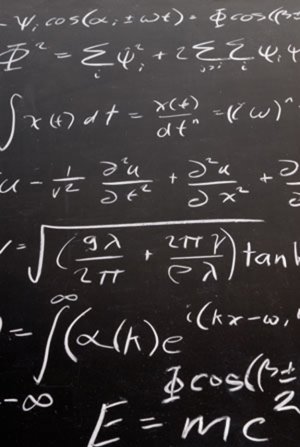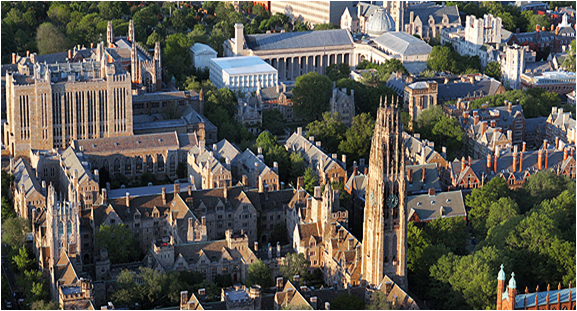|
|
Our Theory Research Group focusses on various theoretical aspects of cosmology, large scale
structure, and galaxy formation. Below we briefly summarize some of our main research projects.
Click here
for a review of some of my research projects that appeared in the
MPIA Annual Report 2005.
The Structure and Formation of Disk Galaxies:
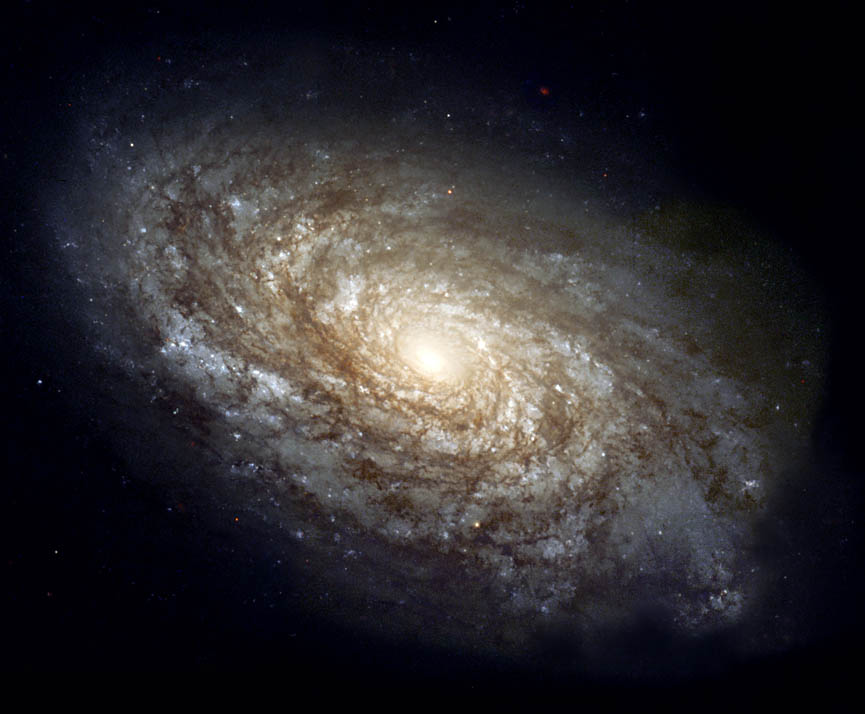 |
Disk galaxies are highly flattened systems in which gas and stars move mainly
on circular orbits. Therefore, understanding the structure and formation of
disk galaxies is intimately linked to understanding the origin of its angular
momentum. This, however, has turned out to be one of the most challenging
puzzles in astrophysics. Using a combination of analytical modeling and
numerical simulations we are investigating various aspects of the formation
of disk galaxies, with a special emphasis on the origin and evolution of
their angular momenta.
In particular, in collaboration with
Aaron Dutton,
Stephane Courteau and
Avishai Dekel,
I have investigated the scaling relations of disk galaxies.
Simultaneously matching the slope, zeropoints, and scatter of the
size-luminosity and velocity-luminosity relations yields tight and intruiging
constraint on disk formation. Have a look at our paper.
|
The Galaxy -- Dark Matter Connection:
One of the ultimate challenges in astrophysics is to obtain a detailed
understanding of how galaxies with different properties occupy halos
of different masses. This ``galaxy-dark matter connection'' is an imprint
of various complicated physical processes related to galaxy formation.
In collaboration with
Houjun Mo and
Xiaohu Yang
I have developed a novel, statistical technique to address the link
between galaxies and their dark matter haloes, based on the
Conditional Luminosity Function (CLF). Using data from large
redshift surveys this technique can be used to (statistically)
describe how galaxies of different properties occupy halos of
different masses. This in turn can be used to put stringent
constraints on galaxy formation models, on cosmological parameters,
and on our understanding of large scale structure.
We are currently using this technique to study various properties of the galaxy
population in the
2dFGRS and
SDSS.
For more information on the CLF, check our
CLF Website ,
where you can also download our group catalogues for
the 2dFGRS and the SDSS, as well as some mock catalogues.
I also maintain a
list
of all papers based on the CLF formalism, including those from our group.
|
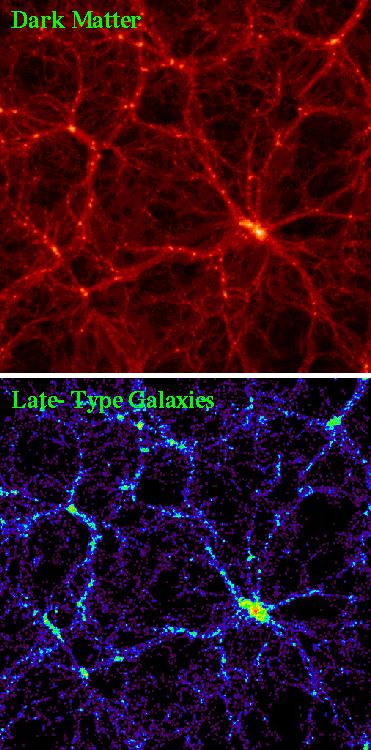 |
The Structure and Formation of Dark Matter Haloes:
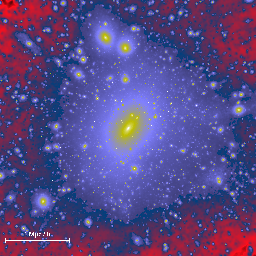 |
Dark matter haloes form out of small, Gaussian fluctuations in the initial
density field due to gravitational instability. Using numerical simulations,
Lagrangian Perturbation codes, and Extended Press Schechter formalism we
investigate the merger and mass assembly histories of dark matter haloes.
In collaboration with
Eyal Neistein and
Avishai Dekel
we are currently investigating the origin of downsizing. Using a new definition
of
the formation history of dark matter haloes, we show that more massive haloes
form earlier, and over a shorter period of time. Contrary to the assembly
history of dark matter haloes, this behavior is anti-hierarchical, in agreement
with
the downsizing aspects of galaxy formation.
In collaboration with
Yun Li and
Houjun Mo I
have
recently completed a study of the assembly histories of dark matter haloes
using the Lagrangian Perturbation Code
PINOCCHIO.
See our paper for details.
I have also developed simple models for the
subhalo mass function and the
universal mass accretion history of dark
matter haloes.
|
|
|
